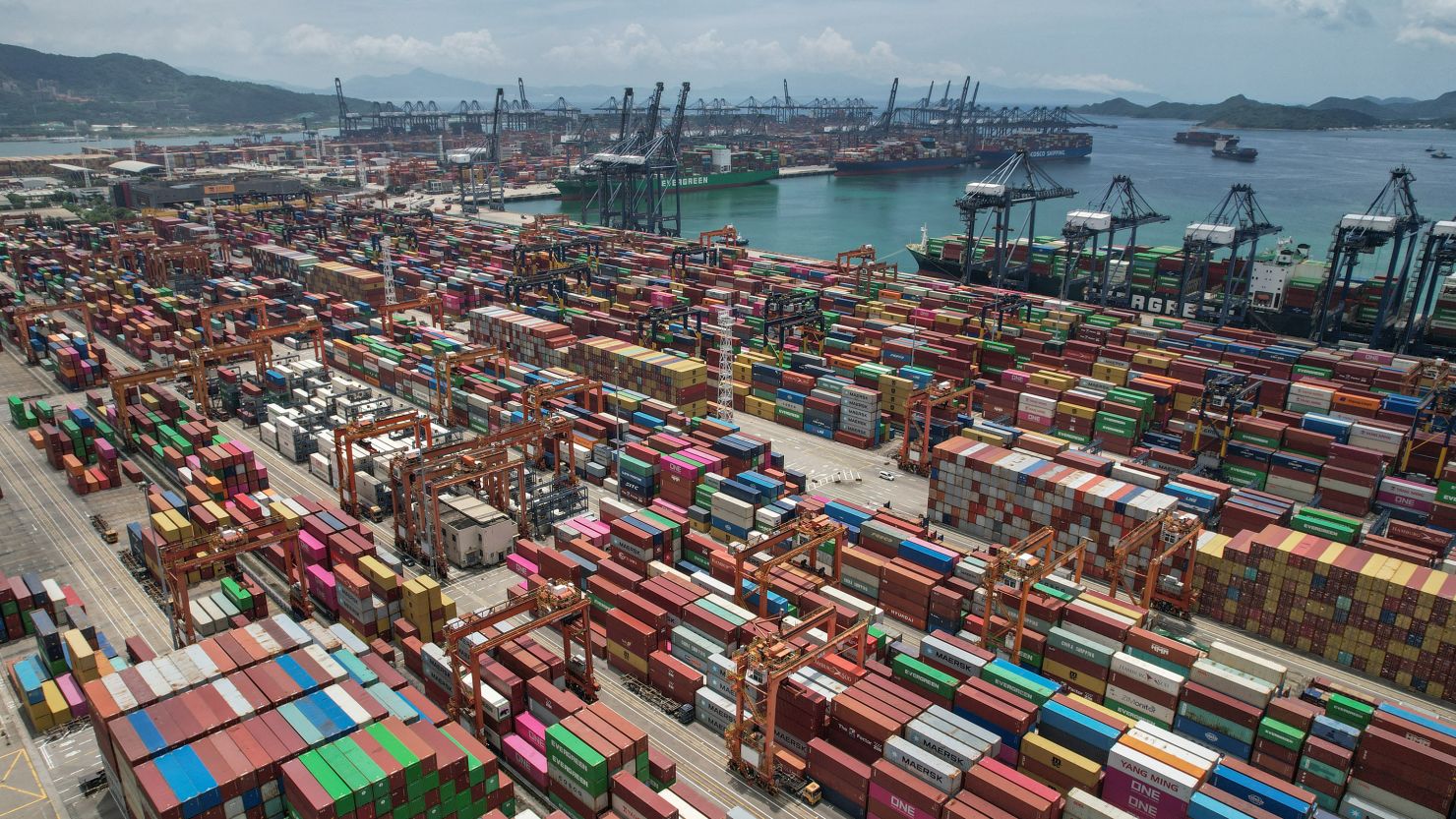
The U.S.–EU trade deal of 2025 introduces 15% tariffs on European goods. Explore its impact on auto exports, energy deals, and upcoming talks with China.
U.S.–EU Trade Deal Finalized with 15% Tariff on European Goods
The long-anticipated U.S.–EU trade deal was officially signed at Trump Turnberry in Scotland, establishing a 15% tariff on most goods exported from the European Union to the United States. This tariff replaces a previously proposed 30%–50% duty, providing partial relief to EU exporters while cementing a transactional trade policy led by the U.S.
President Donald Trump called the agreement a “historic win for American workers, energy, and security,” while EU representatives highlighted it as a compromise that prevents an immediate trade war.
How the U.S.–EU Trade Deal Impacts the Auto Industry
One of the most significant sectors affected by the U.S.–EU trade deal is the automotive industry. The newly introduced 15% tariff will now apply to all EU-made cars and auto parts exported to the U.S., disrupting decades of near-zero trade friction in this space.
Major European carmakers like BMW, Mercedes-Benz, and Volkswagen now face higher costs when entering the U.S. market. While this is better than the threatened 30% tariff, the change is expected to impact pricing, production decisions, and dealership strategies.
President Trump announces a 15% import tariff on European vehicles as part of the 2025 U.S.–EU trade deal
Donald Trump announcing new tariffs on EU cars during U.S.–EU trade agreement press conference
U.S.–EU Trade Deal Includes $750B Energy and $600B Investment Commitments
Beyond tariffs, the U.S.–EU trade deal also secures massive financial and resource commitments. The European Union agreed to:
- Import over $750 billion worth of U.S. energy, particularly liquefied natural gas (LNG) and crude oil
- Invest $600 billion into U.S. infrastructure and military equipment over the next five years
These moves are designed to balance the economic scales, ensuring the U.S. benefits not only from tariff revenues but also from direct capital inflows and trade diversification.
Trump at Turnberry during talks on U.S.–EU trade deal energy terms
President Trump during U.S.–EU energy negotiations in Scotland, July 2025
🛠️ Steel and Aluminum Stay at 50% Outside U.S.–EU Trade Deal Tariff Cap
The U.S.–EU trade deal notably excludes steel and aluminum from its tariff cap. These industries will continue to be taxed at 50%, a decision justified by national security concerns and the U.S. government’s push to protect domestic metal production.
European steel manufacturers—especially in Germany, Italy, and France—are expected to experience greater pressure as they compete in global markets under dual burdens of high U.S. tariffs and volatile raw material prices.
Will China Get a Similar U.S. Trade Deal?
While the U.S.–EU trade deal brings clarity to transatlantic trade, China’s position remains uncertain. Talks between U.S. and Chinese negotiators are scheduled in Stockholm on July 28–29, but no deal has been reached yet.
Current tariffs on Chinese goods range from 45% to 125%, far exceeding the 15% EU baseline. Unless Beijing offers comparable investments and energy purchases, a similar agreement appears unlikely.
Trump outlines that future U.S. trade deals, including with China, will require strong investment reciprocity
Donald Trump speaks on future trade deal conditions with China following the U.S.–EU agreement
Economic Impact of the 2025 U.S.–EU Trade Deal
The U.S.–EU trade deal has already impacted financial markets:
- Dow Jones futures rose slightly, reflecting investor relief at avoiding a trade war
- European auto stocks showed mixed performance amid uncertainty about competitiveness in the U.S.
- Energy stocks in the U.S. saw a boost due to the massive export commitments from the EU
https://www.cbc.ca/news/world/us-eu-trade-deal-tariff-1.7595078
While short-term stability is welcomed, economists warn of longer-term inflation risks, price hikes on EU imports, and trade tensions with other global partners.
FAQs: U.S.–EU Trade Deal Explained
What is the U.S.–EU trade deal about?
It’s a new agreement setting a 15% baseline tariff on most EU exports to the U.S., including cars and industrial goods, along with energy and investment commitments from the EU.
Are U.S. goods going to the EU tariff-free now?
President Trump claimed U.S. exports will face no EU tariffs, though this hasn’t been officially confirmed by European officials.
How does the U.S.–EU trade deal affect cars?
European automakers must now pay a 15% tariff on all exports to the U.S., which could lead to higher consumer prices and manufacturing shifts.
What’s excluded from the 15% tariff cap?
Steel and aluminum are not part of the 15% cap and continue to be taxed at 50%.
Will China get a similar U.S. trade deal?
Unlikely at this stage. Current tariffs on Chinese imports are far higher, and talks are still ongoing with no clear resolution.
Conclusion: U.S.–EU Trade Deal Sets the Tone for Future Global Agreements
The 2025 U.S.–EU trade deal is more than a tariff adjustment—it’s a declaration of how global trade will operate in the coming decade: tougher, transactional, and bilateral. While it prevents a trade war, it also sets a precedent for future deals with major economies like China and Japan.
With new rules in place, both exporters and importers across the U.S. and EU will need to adapt fast. One thing is certain: global trade just entered a new chapter—and the U.S.–EU trade deal is the opening line.